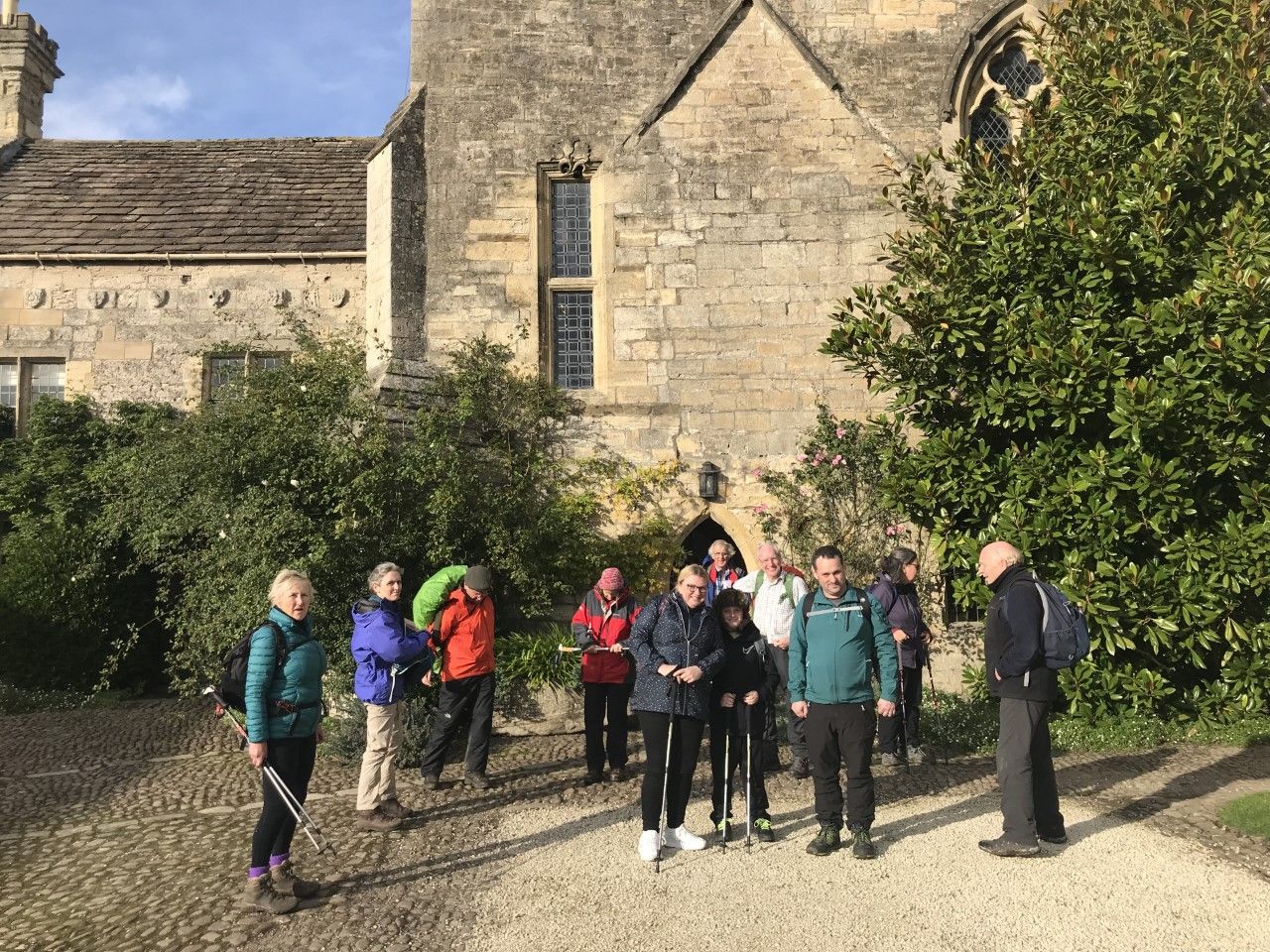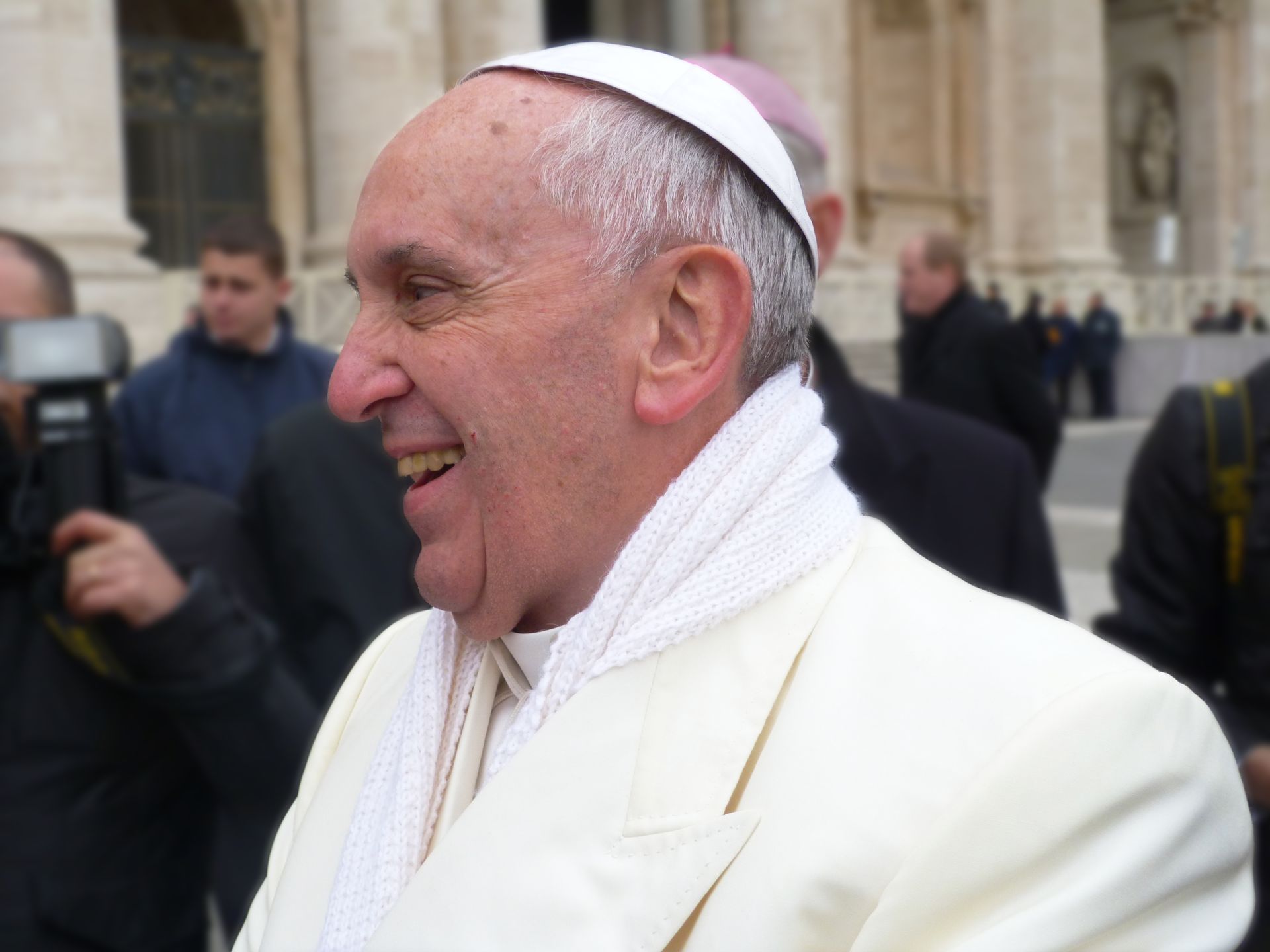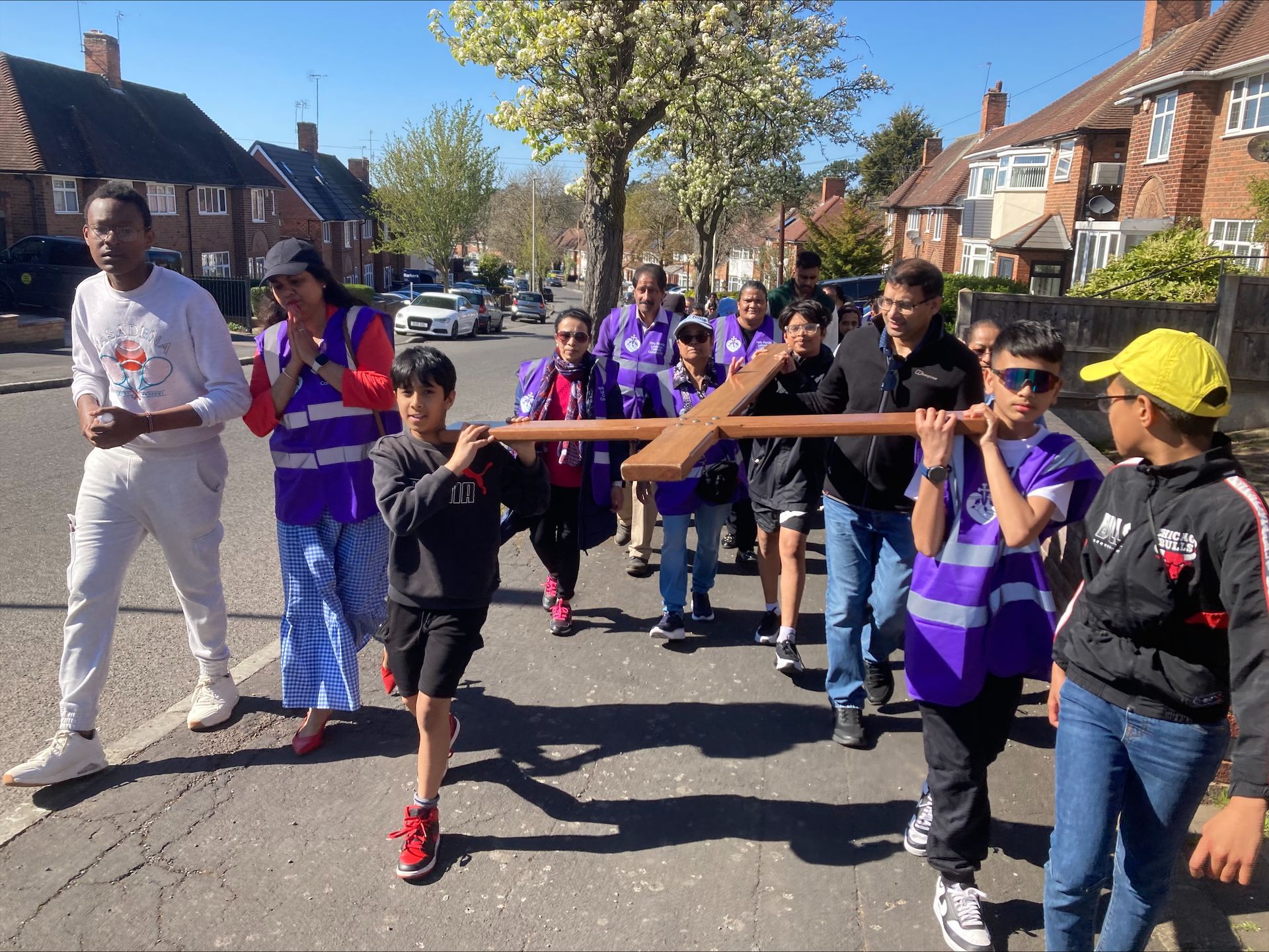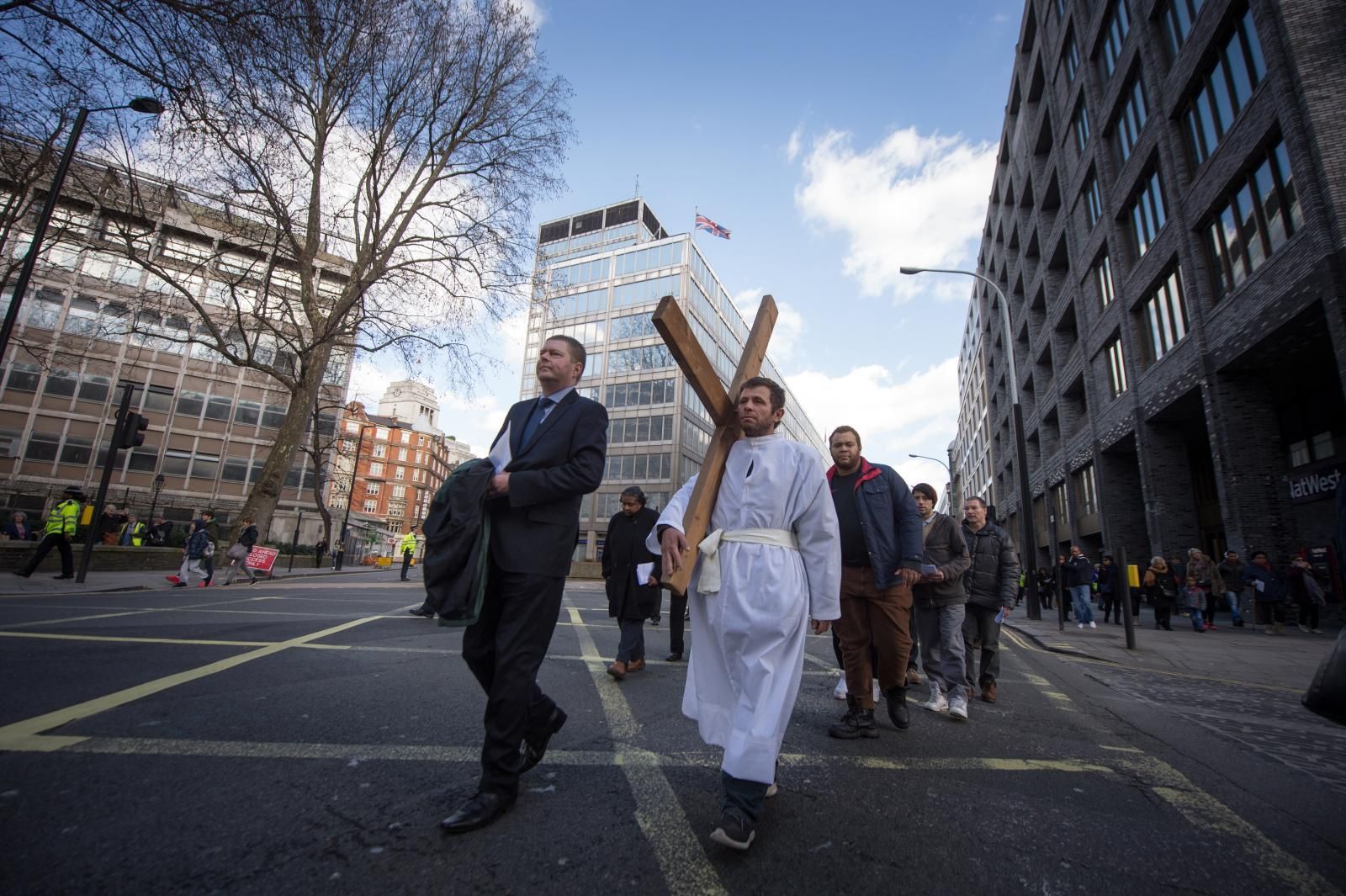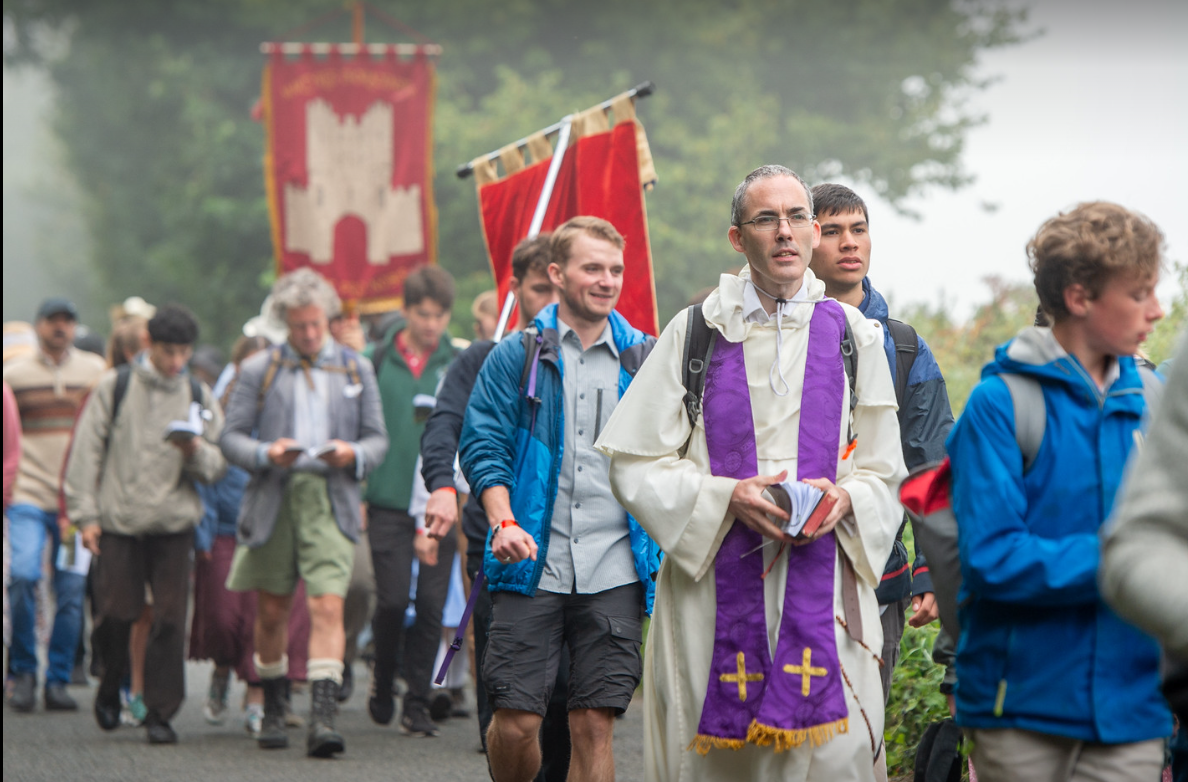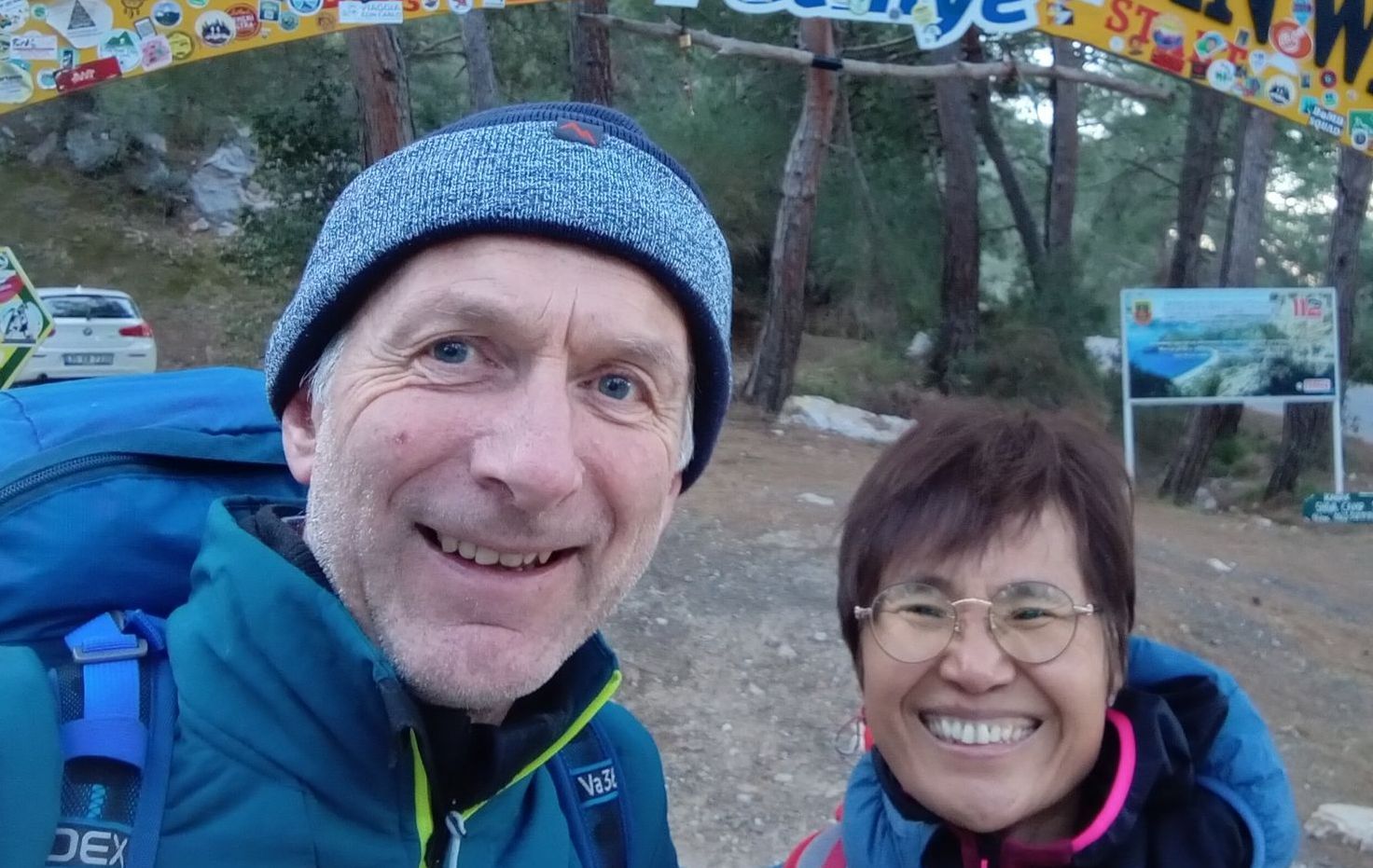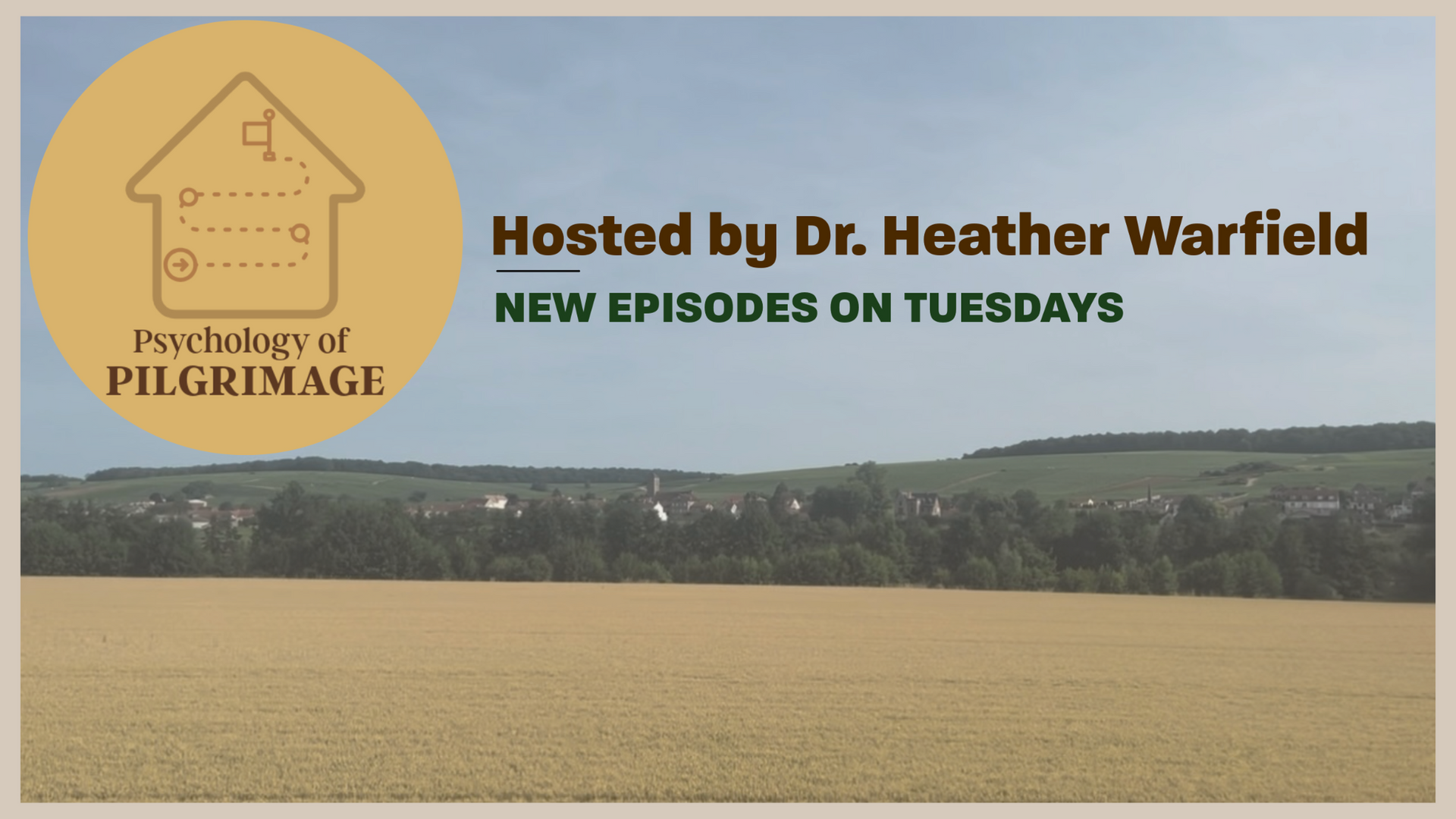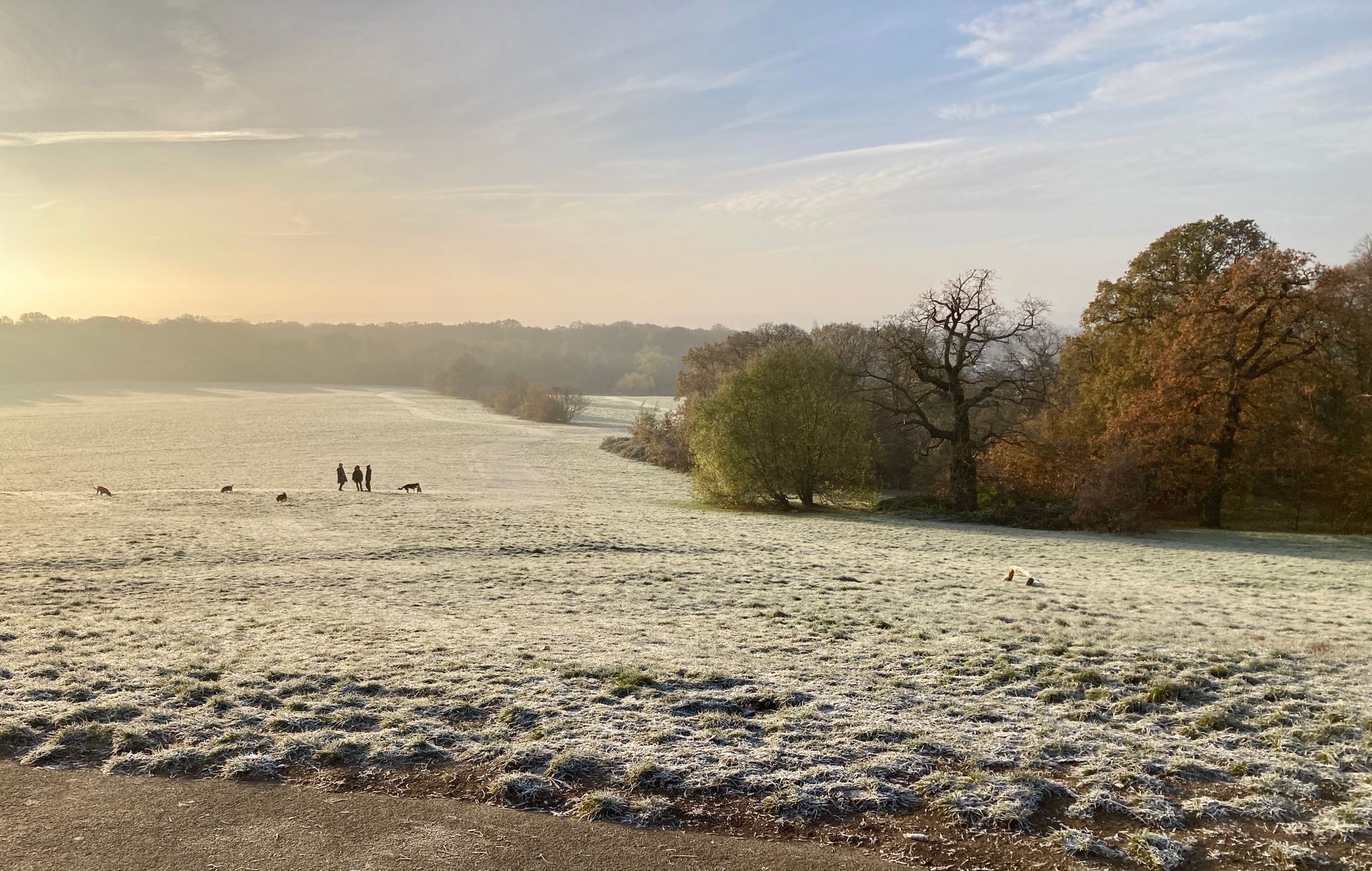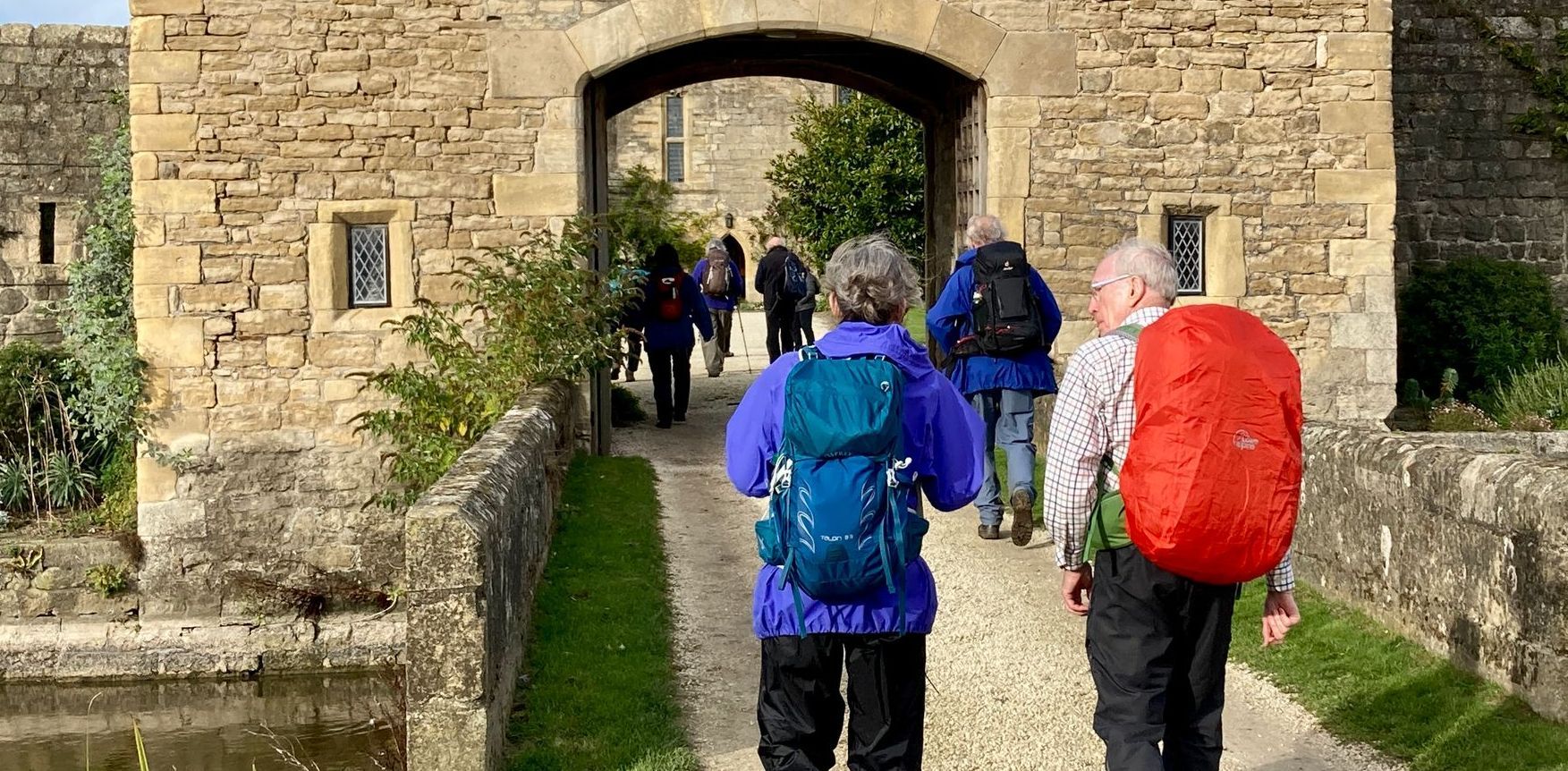In the Footsteps of St Paul
My wife, Yim Soon and I had not seen a single, active Christian church in our six weeks in Turkey and then, by chance, we found two on our final day! One of them, significantly, was dedicated to St Paul, who had played such a key role in the initial spread of Christianity in that region of the Eastern Mediterranean.
On a couple of occasions we had seen mosques that had been built upon a church. A famous example of this is the Hagia Sophia in Istanbul which we had visited at the start of our trip. This magnificent building had been an Eastern rite church from the fourth to the fifteenth century. Following the fall of Constantinople in 1453, it served as a mosque, with the tall, imposing minarets added soon afterwards. It’s especially beautiful inside, and there is both an immensity and an intricacy to the Byzantine architecture. Wandering around in the upper levels, one is constantly coming upon frescoes of saints and suchlike. High above the main prayer space, on the ceiling of one of the cupolas, my eyes were drawn to long white cloths which appeared to be in rather random positions. It turned out that they were obscuring pictures of Jesus and Mary! Islam does not permit any representations of the divine but I was pleased to see that these pictures had been allowed to remain, albeit covered up!
From Istanbul we went south to the remarkably well-preserved site of Ephesus. It was the third largest city in the Roman empire when Paul established the Church there on his second missionary journey, fifteen to twenty years after the death of Christ. He returned on his third missionary journey and lived and taught there for three years, the longest period he spent in one place. He was forced to leave when the silversmith union staged a riot. They were up in arms that the spread of the gospel was affecting the sale of trinkets dedicated to the goddess Diana! Later on, Paul wrote the letter to the Ephesians when he was in prison in Rome.
I was intrigued to see that not far from the ruins of Ephesus is the ‘House of the Virgin Mary.’ We tried but were unable to find this place where it is believed that Mary spent the last years of her life, being looked after by the apostle John following the instruction of Jesus on the cross. In any case, we had been richly rewarded by our visit to the city which had been central to the planting and the growth of the Christian Church beyond Judea.
At the end of our trip we had a few days in Antalya. This attractive and vibrant coastal city was originally called Attalia and is mentioned in the Acts of the Apostles in Chapter 14: ‘Then after proclaiming the word at Perga they (i.e. Paul and Barnabas) went down to Attalia and from there sailed for Antioch.’ On our first day in Antalya we visited the Kesik Minare mosque in the Old Town. This is built upon the foundations of a Byzantine church, and those foundations can be viewed through panels built into the floor of the otherwise carpeted prayer space. It’s interesting that the original church of the sixth century had, in its turn, been built upon a Roman temple constructed in the second century! The Muslims have no monopoly on the appropriation of sacred sites!
We were wandering through the narrow lanes of the Old Town, close to the Kesik Minare mosque, the day before our departure from Turkey and were most excited to come across the ‘Yenikapi Greek church,’ Yenikapi meaning new door. I was even more excited to step inside the small, intimate building and to behold at the front, forming a sort of rood screen, a line of six large, lovely and gold-rimmed icons, which included one or two that are quite familiar to me. We spent some time in prayer in front of the icons and I resolved to come back at five o’clock in the afternoon for vespers, as indicated on a sign outside.
Just a few metres away from the Greek church we got our second surprise when we came upon the ‘St Paul Cultural Centre.’ This includes meeting rooms, a library, a secluded garden and a café/restaurant called ‘Paul’s Place,’ and we had our lunch there and chatted with some of the people connected with the centre. Two young Turkish men took me upstairs to a large room that serves as the church and told me that every Sunday there are services in English and Turkish that draw two hundred people. One of the men had on his forearm a tattoo of a cross and the words ‘Jesus Christ.’ Pretty brave, I thought, in a country where now just 0.2% of the population is Christian.
A nice touch in the restaurant was place mats which showed some of the significant locations in the missionary travels of St Paul, including Ephesus and Attalia. There was a little description of each place. That for Ephesus, next to a picture of the famous library facade, was ‘Lived, taught, and caused a riot in this leading city!’ Another, for Lystra, was ‘Got stoned (literally) and miraculously healed.’
I came back, as planned, at 5 p.m. to the Greek church. There was a man in black robes who I assumed was the priest and there was another man at a lectern. And there was me! The service lasted half an hour and was all chanted rapidly in Church Slavonic. I checked this outside with another man, a Russian called Yegor who had arrived late.
I had understood a grand total of one word from that service: Gospodi, which I knew from Taizé chants to mean ‘Lord.’ Still, it was special to be able to end our incredible journey in Turkey with a bit of Christian liturgy, and to give thanks for our amazing adventure. Also to get a glimpse into the rich history of a part of the world that was so pivotal in the spread of Christianity and to come to a deeper appreciation of those who, like St Paul, risk their lives for their faith.
Eddie Gilmore is a Hearts in Search of God project collaborator.
For more about Eddie and his books click here.
